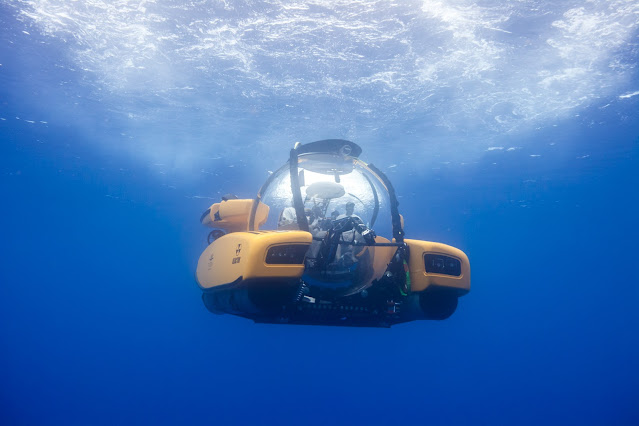It empowers autonomous underwater vehicle manufacturers to conduct missions without human intervention.
Autonomous underwater vehicles have a variety of uses, including locating shipwrecks, mapping rock formations, and removing obstructions that can be dangerous for commercial and recreational navigation vessels. Sonar systems and oceanographic sensors, among other cutting-edge sensor technologies, are included in autonomous underwater vehicles, enabling them to carry out missions without requiring human intervention. The data is untangled and given to the ship or shipboard systems when these autonomous underwater vehicles return to their initial starting place or site after finishing their mission.
An Autonomous
Underwater Vehicle Manufacturers robot that can navigate
by itself is called an autonomous underwater vehicle (AUV). Unmanned underwater
vehicles, which also includes non-autonomous remotely operated underwater
vehicles (ROVs) controlled and powered from the surface by an operator/pilot
through an umbilical or utilising remote control, make up a bigger category of
underwater systems than AUVs. An AUV is more frequently referred to as an
unmanned undersea vehicle in military contexts (UUV). AUVs include underwater
gliders as a subtype.
AUVs, also known as
autonomous underwater vehicles, are self-propelled, unmanned, untethered
underwater vehicles that can perform basic tasks with little to no human
intervention. In order to map the bottom or describe the physical, chemical, or
biological characteristics of the water, AUVs are frequently utilised as survey
platforms. There are several different types of AUVs, weighing anything from
tens of kilograms to thousands of kilogrammes. AUV use can be motivated by
the ability to produce improved data quality, such as high-resolution maps of
the deep seafloor, or by the desire to develop an ubiquitous ocean presence,
such as by using a large number of small Autonomous Underwater
Vehicle Manufacturers to study oceanographic fields.
An autonomous underwater
vehicle (AUV) is an unmanned submersible that runs on its own and doesn't
require real-time input or control from a human operator or pilot. Robotic
vehicles called AUVs are sent into the ocean after being pre-programmed with
their missions. Autonomous Underwater Vehicle
Manufacturers can float, glide, or move through the water by
themselves depending on how they are made. Although propelled AUVs have a
shorter battery life and are often utilised on missions lasting several hours
to days, they are faster and more manoeuvrable than non-propelled AUVs.




Comments
Post a Comment